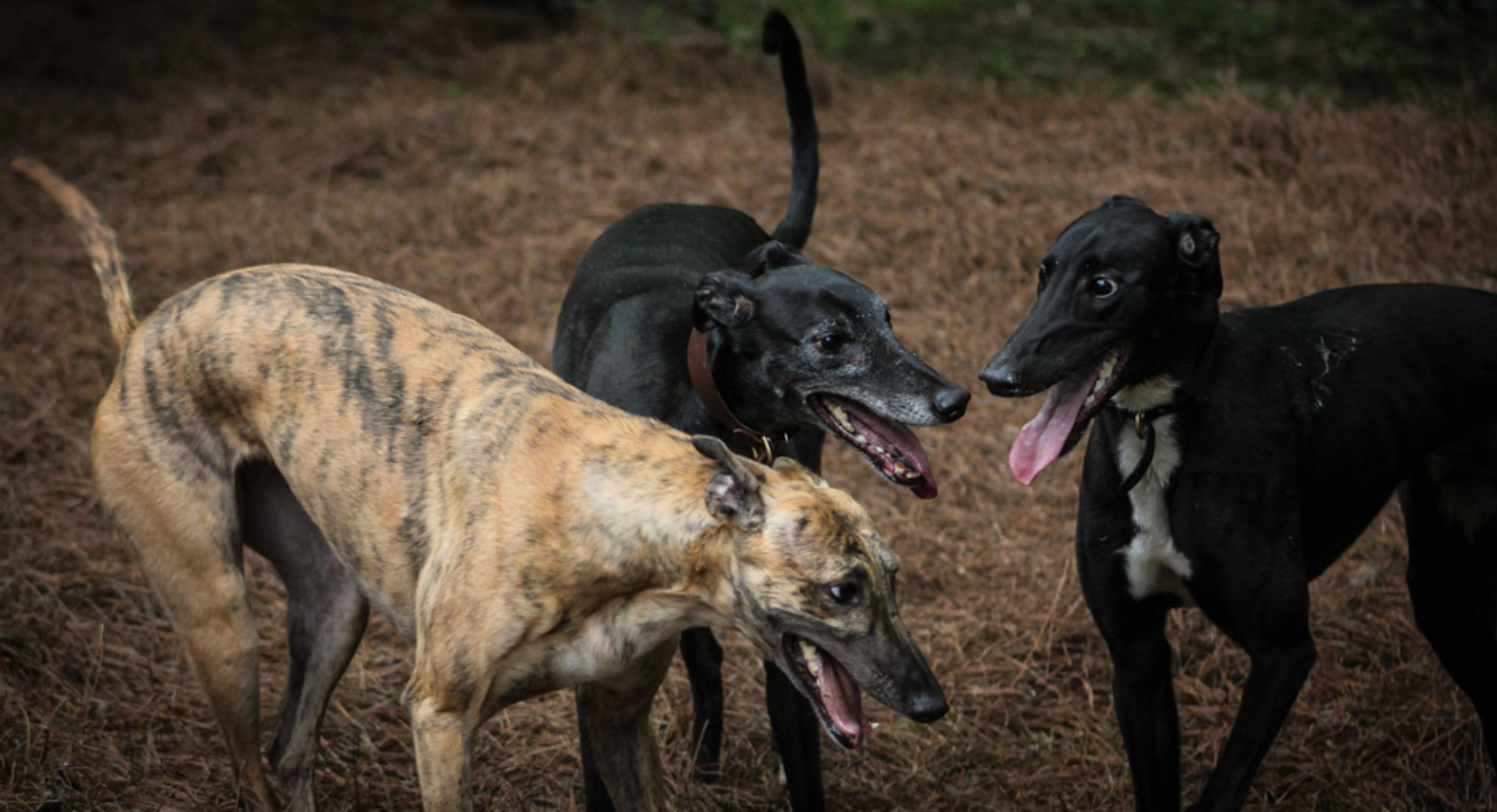I love wounds. My love for wound care began when I was a brand new nurse working in the ICU. Wounds are challenging to care for. Despite many innovations, wounds can be difficult to heal. I like a challenge it seemed natural for me to find wound healing fascinating. I am always amazed by the body’s capacity to heal itself. But more than the challenge of wound healing, I enjoy the always-advancing treatment options in wound medicine. Wound treatment continues to look for more effective and efficient methods for wound healing.
In human medicine, we have sophisticated options for wound treatment. These technologies are being utilized in vet medicine as well. Dogs do seem to have an upper hand on us humans–they are better a healing. Their bodies seem well prepared to deal with wounds and more resistant to infection. However, dogs can get some nasty wounds that need intervention.

Today I want to talk about topical agents that are most commonly used in wound treatment. By now we have all heard of honey and sugardene dressings and antibiotic dressings but how do the work? How do these treatments advance wound healing and are there any other options to help wounds heal?
First, let’s talk about wounds. There are many different types of wounds but the pathophysiology is similar in all. The first stage of wound healing is the inflammatory stage. This is when inflammatory markers are attracted to the wound through vasodilation. These cells are working to stop the bleeding and rid the body of any infections. In the second stage of wound healing, collagen fibers are forming. These fibers need oxygen and vitamins to create granulation (new) tissue. A wound must have granulation before epithelialization or the connection of epithelial cells occurs. In the final phase of wound healing, the body continues to lay down college fibers, creating a scar.


One key part of wound healing is oxygenation of tissue. Generally speaking oxygenation of our tissue comes from our blood via the arterial system. The same thing occurs in wounds. The goal of wound management is to dress the wound with a material that will aid in oxygenation. That seems easy enough but there is one problem, necrotic tissue. The necrotic or dead tissue is kryptonite for wound healing–sometimes this has to be manually removed or debrided. The goal of wound care is to select a dressing to cover the wound that will prevent tissue death, keep the wound bed moist, and support healing.
Now let’s talk about antimicrobial dressings. Antimicrobial dressings generally contain iodine. Iodine prevents infection. Sugardene is a mixture of sugar and iodine and an example of this. While these agents prevent and treat infection, they do little to aid in re-epithelialization. Antimicrobial dressings would be great for an abscess or dirty wound. This dressing aids in healing by preventing infection.
Another popular dressing that has gained a lot of attention is Manuka honey. Manuka honey is a raw honey made by bees that pollinate the Manuka bush in New Zealand. This dressing is thought to both be antimicrobial and anti-inflammatory. There are some that reports that suggest wounds do heal faster with Manuka Honey than antibiotic mediums. The use of honey as a wound dressing has been practiced for many years and considered an effective treatment. Honey is also cost effective.
The last dressing that I want to mention is Zinc. Zinc is not an antimicrobial it is a trace element found in the human body. Zinc is an antioxidant that helps with oxygenation of the wound bed. This increased oxygenation in the wound bed is thought to help with re-epithelialization, aiding in wound healing.

I have used all of these topicals for wounds at one time or another. I am a fan of zinc for pressure ulcers in Greyhounds. As you can see in these photos above, Zinc increased granulation tissue, allowing the wound bed to close. Zinc was a game changer for us.
All of these dressings have their purpose. It is hard to compare them head to head as their properties are different, what might work for a large leg ulcer may not help a minor abrasion or infected wound.
Wounds are challenging. The points to remember when dealing with wounds is to keep the wound bed oxygenated by preventing/removing necrotic tissue—selecting the appropriate wound dressing is essential. When in doubt or if a wound is not healing see a soft tissue vet. I have been blown away by the knowledge of our soft tissue vet as well as their continued patience for wound healing.
In addition to using the best wound dressing for the wound at hand, ensure that your Greyhound is using an appropriate bed. If pressure ulcers are a concern make sure bony prominences cannot be felt on the underside of the bed, I am a huge fan of these beds to prevent pressure sores. Finally, ensure that your Greyhound is receiving the best nutrition possible as wounds heal from the inside out!
Here is a video of Jethro’s bandage change. I hope you all find it helpful. And yes, Jethro is a very good boy!
Broughton G 2nd, Janis JE, Attinger CE. Wound healing: an overview. Plast Reconstr Surg. 2006 Jun. 117(7 Suppl):1e-S-32e-S
Gupta, M., Mahajan, V. K., Mehta, K. S., & Chauhan, P. S. (2014). Zinc Therapy in Dermatology: A Review. Dermatology Research and Practice, 2014, 709152. http://doi.org/10.1155/2014/709152
Sood, A., Granick, M. S., & Tomaselli, N. L. (2014). Wound Dressings and Comparative Effectiveness Data. Advances in Wound Care, 3(8), 511–529. http://doi.org/10.1089/wound.2012.0401









